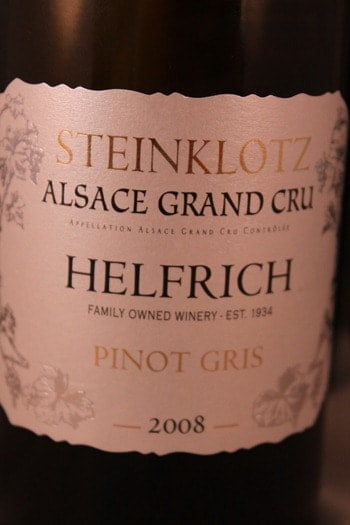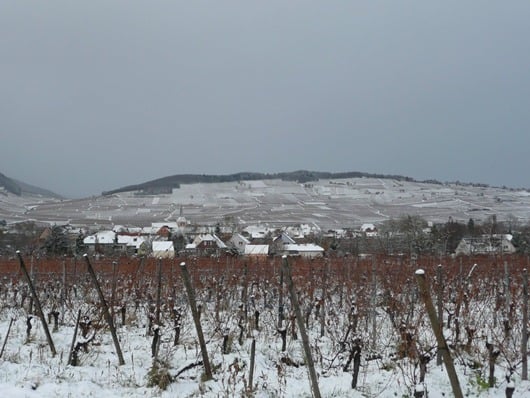Alsace Grand Cru is a selected site in the Alsace AOC region of North-Eastern France.
For wines to qualify for Grand Cru status, the yield of the vineyards have to be much lower than regular Alsace vineyards with wines only coming from a single named plot of land, of which must then be listed on the label.
Regulations also govern the density of vine plantings, distance between rows, height of vegetation and the final alcohol content after fermentation. All grapes must be picked by hand and all wines are white and can only be produced from the “noble” Alsace grape varieties of Riesling, Muscat, Pinot Gris and Gewürztraminer.
It’s worth noting that the Grand Crus of Alsace represent only 4% of the total Alsace wine production! It is suggested that Alsace Grand Cru wines benefit from cellaring much longer than regular Alsace wines, 5-10 years in good years.
The first 25 Alsace Grand Cru sites were declared in 1983, with 26 more being added over later years. If you want to see a list of all 51 Grand Cru sites click here.
There is a large amount of controversy (as there always is with these types of things) surrounding the selection of Alsace Grand Cru sites. A number of the more prominent producers state that enough attention hasn’t been paid to defining exact borders and identifying exact soil types within each region. Without identification of soil types within each of the 51 regions, it is argued that it is difficult to tell each region apart from non-classified regions.
For more information on the wines of Alsace, visit: www.vinsalsace.com

